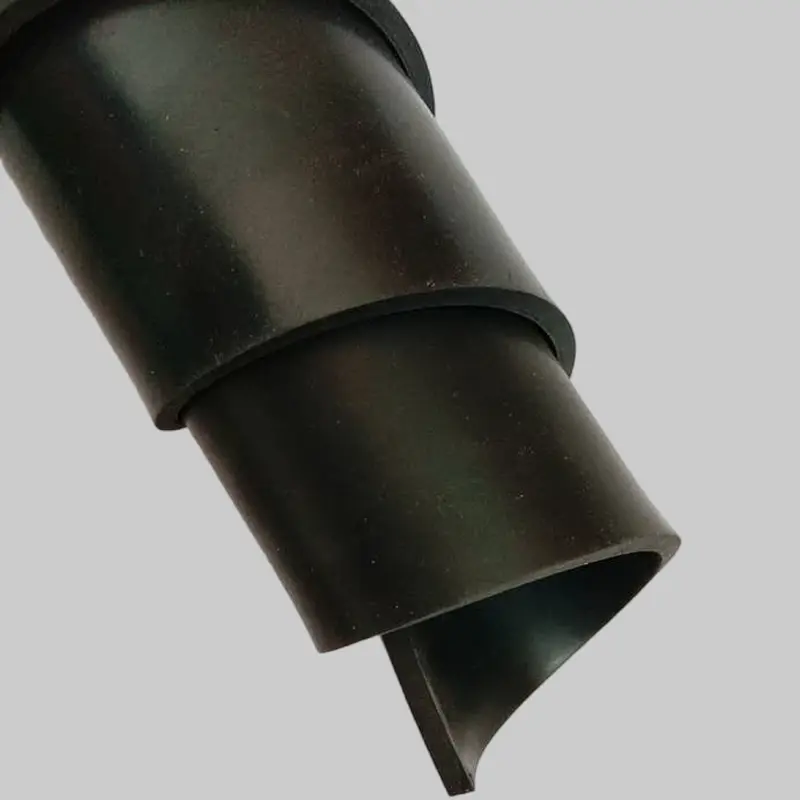When choosing the right rubber material for your application, it’s important to understand the differences between SBR (styrene-butadiene rubber) and neoprene. Both are popular choices for a variety of industrial and commercial uses, but they have unique properties that make them suitable for different uses. In this blog, we will discuss the key differences between SBR rubber and neoprene to help you make an informed decision when choosing the material that suits your needs.
First, we start with SBR rubber. SBR is a synthetic rubber derived from styrene and butadiene. It is known for its excellent wear resistance, good impact strength and low cost, making it a popular choice for applications such as conveyor belts, gaskets and seals. SBR rubber also has good resistance to water, temperature, chemicals and ozone, making it suitable for outdoor use.
Neoprene, also known as polychloroprene, on the other hand, is a synthetic rubber that has excellent resistance to oils, chemicals, and temperature extremes. It has excellent weather and ozone resistance, as well as good flame retardancy, making it ideal for applications such as automotive seals, gaskets and industrial hoses. Due to its excellent waterproof properties, neoprene is also commonly used in the production of wetsuits and other waterproof products.
One of the main differences between SBR rubber and neoprene is their physical properties. Compared to SBR rubber, neoprene has higher tensile strength and elongation at break, making it more flexible and durable in demanding applications. Additionally, neoprene offers better resistance to oils and chemicals, making it a first choice for applications where these factors are critical.
Another important factor to consider when comparing styrene-butadiene rubber and neoprene is their resistance to environmental factors. While both materials have good weather and ozone resistance, neoprene has better overall UV and aging resistance. This makes neoprene more suitable for outdoor applications that require prolonged exposure to sunlight and harsh weather conditions.
Cost is also a factor to consider when choosing between styrene-butadiene rubber and neoprene. SBR rubber is generally more cost-effective than neoprene, making it the first choice for applications where cost is an important factor. However, it is important to weigh the cost against the specific performance characteristics required by the application to ensure the most cost-effective solution.
In conclusion, both SBR rubber and neoprene have unique properties that make them suitable for a wide range of industrial and commercial applications. Understanding the key differences between these two materials is crucial to choosing the right one for your specific needs. Whether you need abrasion resistance, weather resistance or chemical resistance, there is a material to suit your requirements. By carefully evaluating each material’s characteristics and application’s specific requirements, you can make an informed decision that will result in optimal performance and cost-effectiveness.
Post time: Mar-07-2024



